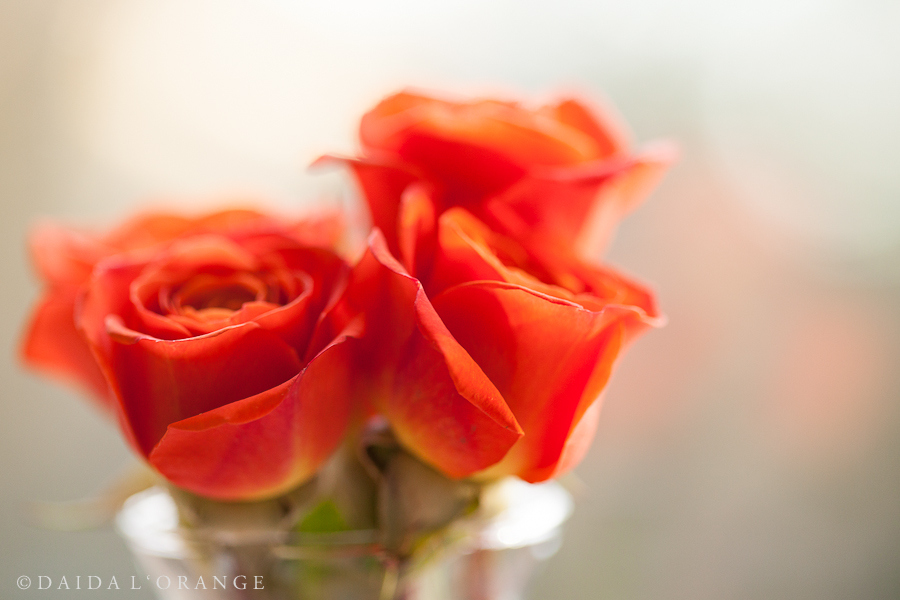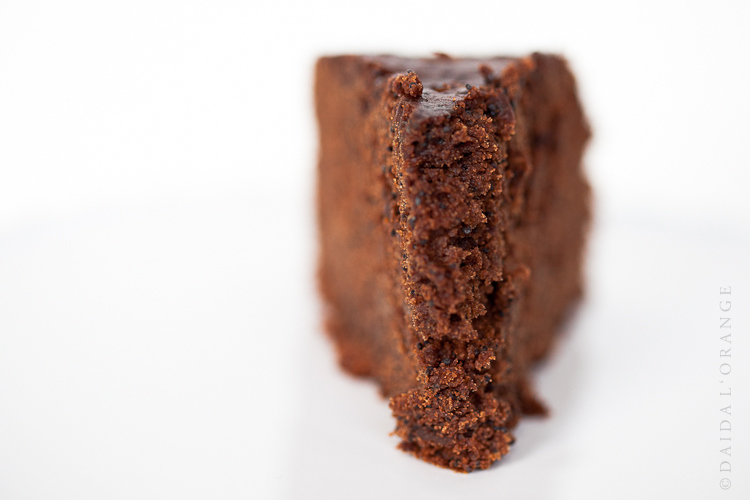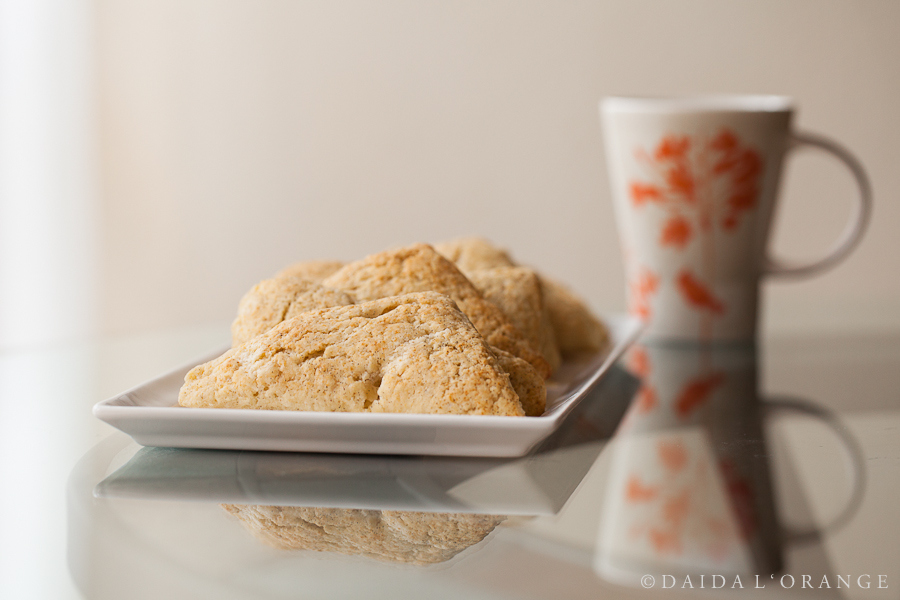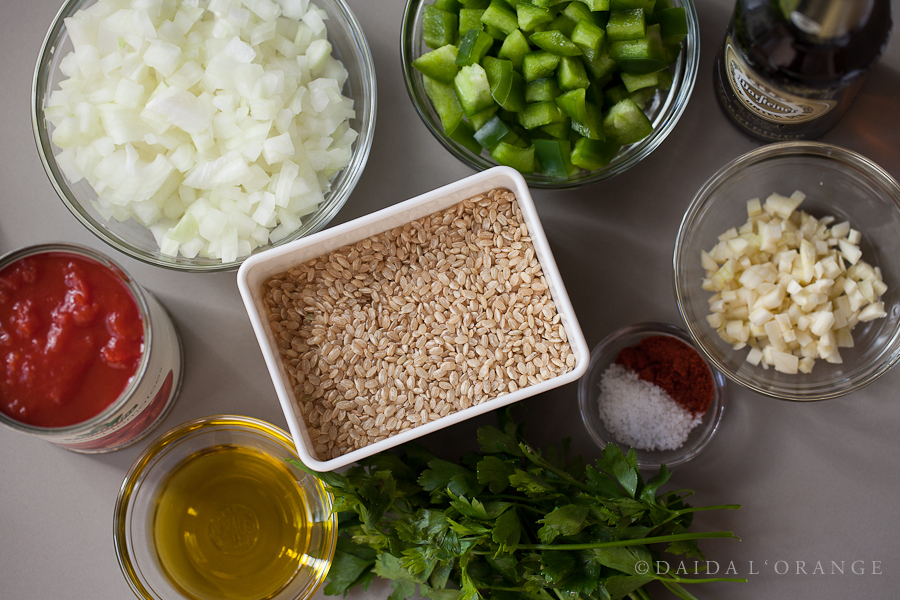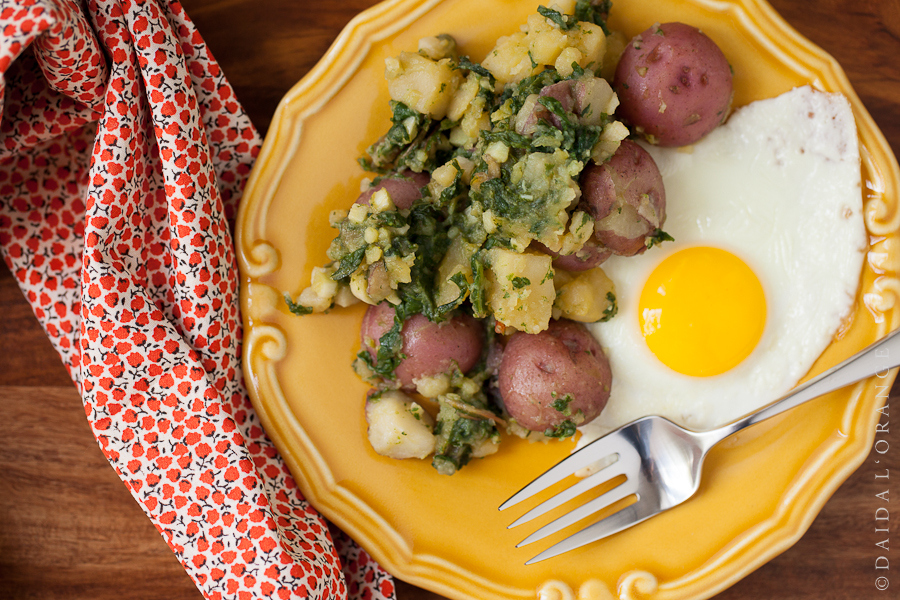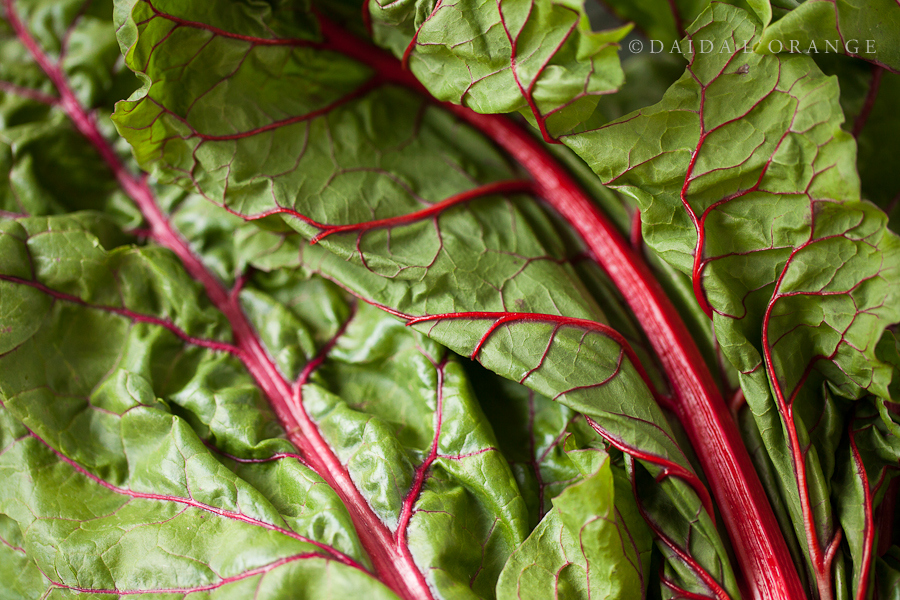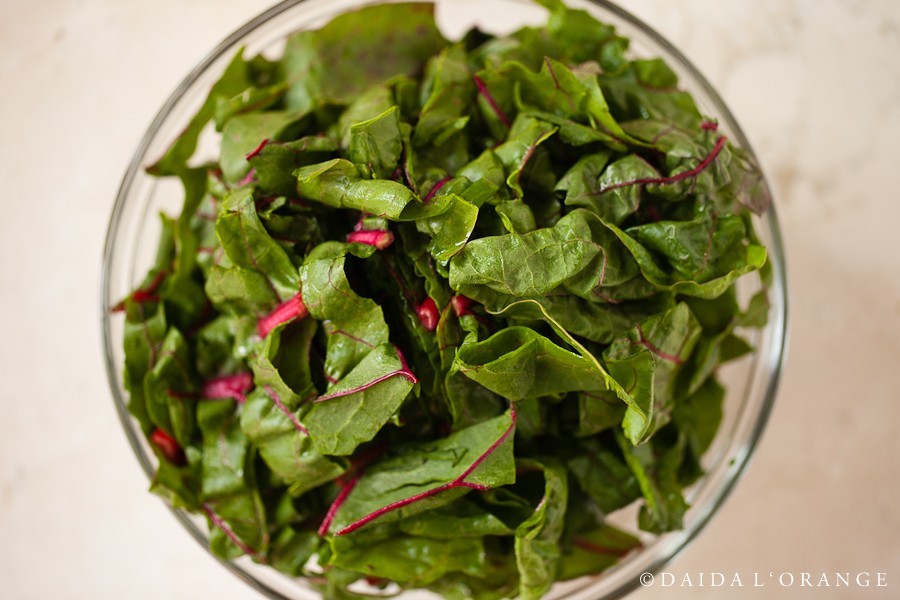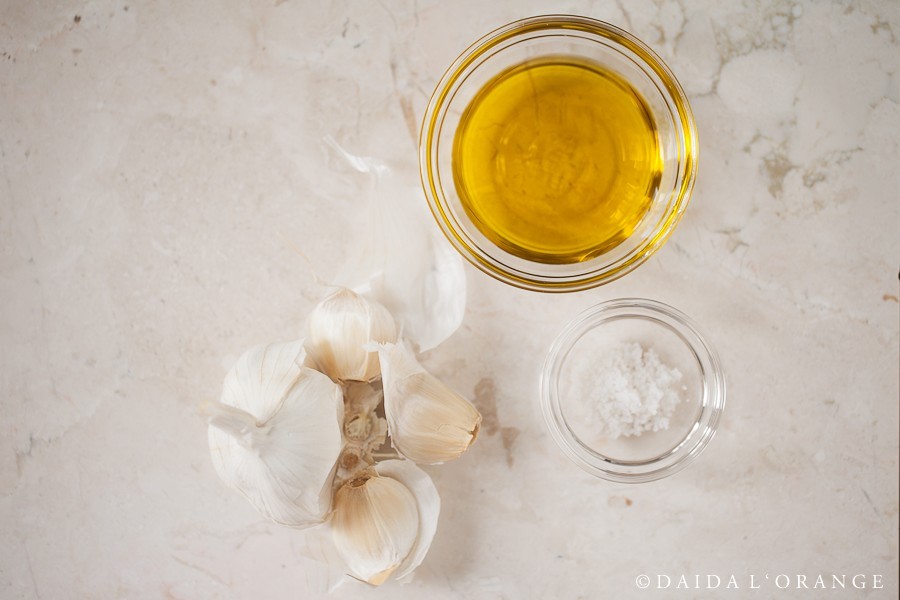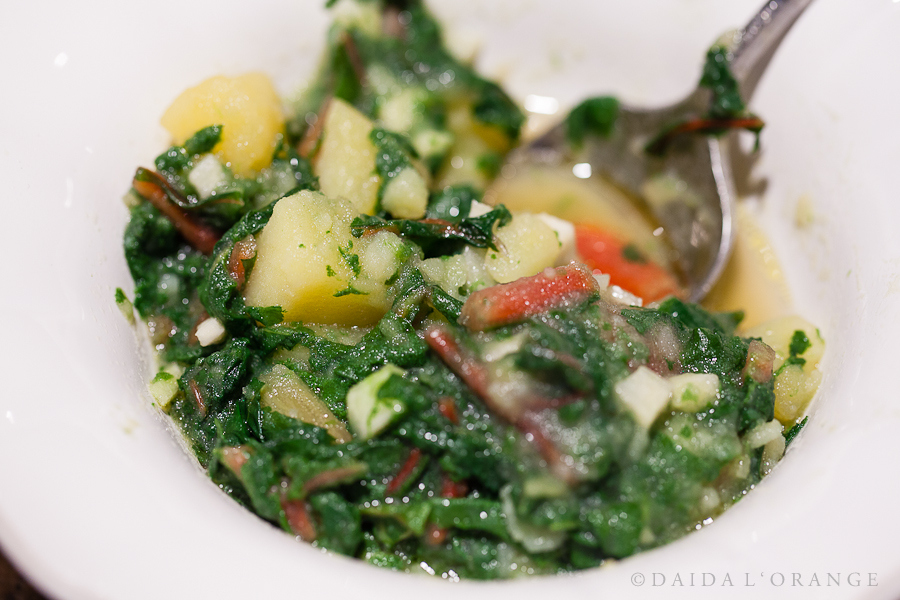WEEKEND IN THE KITCHEN::Research and Good Food
 Tuesday, March 5, 2013 at 7:37AM
Tuesday, March 5, 2013 at 7:37AM 
Saturday was off to a slow start. The sun made an appearance as I sat at the kitchen table with my black baking/cooking journal and my iPad. With pen poised and ready, I Googled "Neapolitan cuisine". Wikipedia is a great resource for providing background information on recipe basics and techniques. I scrolled down to the "Pasta dishes" section and decided on pasta e patate, a variation of the Croatian staple of pasta with beans. I jotted down some ingredients, worked through the techniques of putting it all together, but it wasn't until Sunday that I was able to make it.
The usual Saturday morning scones was pushed off to Sunday morning. So, after a simple breakfast of coffee, bread, butter, sour cherry jam, almond butter, and honey (we all like different toppings on our bread), I started with the Neapolitan pizza dough. Four ingredients consisting of Caputo flour, yeast, salt, and water. No oil, no sugar, nothing but those four ingredients. With the low yeast to flour ratio, the rise was slow and the result was a delicious thin, chewy dough.
This time I decided to make one pizza solely for the kids and another for us two adults instead of the usual splitting the toppings down the middle and waiting on the second pizza to finish baking. Afterwards, I came to the conclusion that I prefer my original method as I do not have to wait for "our" pizza to finish its 6 minutes of baking on the stone (on the convection setting). The toppings included olive oil, Greek feta, and Kalamata olives for the kids and the same for us - with the addition of chopped garlic, fresh thyme, and red peppers - topped with crushed Urfa and Aleppo peppers.
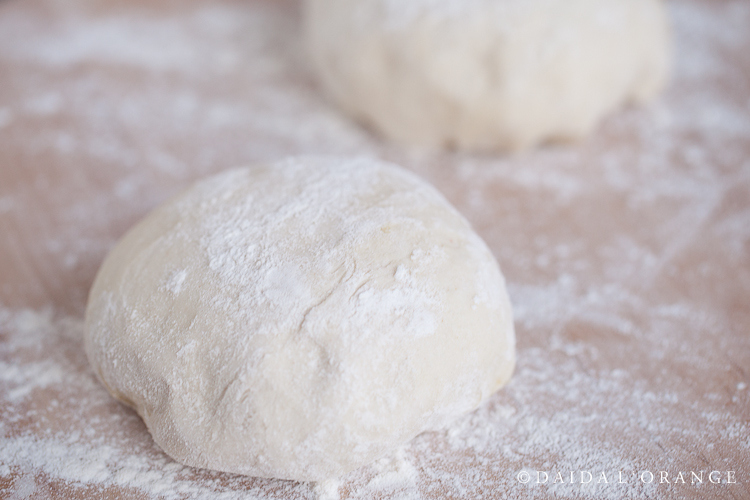
Along with the pizza, I made a vegetable soup with onions, shallots, leeks, garlic, fresh campari tomatoes, celery, carrots, celery root, fresh thyme sprigs, salt, and pepper. The vegetables were passed through a sieve and the flavorful liquid was returned to the stove to be cooked with acini di pepe. My middle daughter calls this "punkte soup" - "punkte" meaning "dot" in German. The girls had requested the soup. The boy wanted no part of it. I'm hoping his taste buds get a bit more adventurous soon. He cannot survive on almond butter, honey, bread, and desserts alone (though he thinks he can).

One of the reasons I'm looking forward to the longer days of sunlight starting next week is to be able to photograph my finished dishes before the sunlight dissipates. Although my husband keeps reminding me that my digital camera is able to shoot far beyond my usual ISO of 400 or lower, I cannot help but remember Bryan Peterson telling us that he rarely shoots over ISO 200 - even at night. That means a tripod with a long exposure. For now, I prefer using the light I have and not spending too much time processing the RAW images.
Sunday morning scones. I had written a recipe for banana oat chocolate scones the previous weekend but never got around to making them. This weekend I decided to change the recipe to a simple oat chocolate scone using chopped Valrhona chocolate.
"These taste good", my husband commented, "...but you already know that." Actually I didn't but was glad when I tasted them again yesterday. I had saved a few for the kids' school lunches and for a midday indulgence with a strong cup of Turkish coffee after I dropped off the younger two at school. Treasured quiet time. I almost believe they tasted better the second day. Almost.
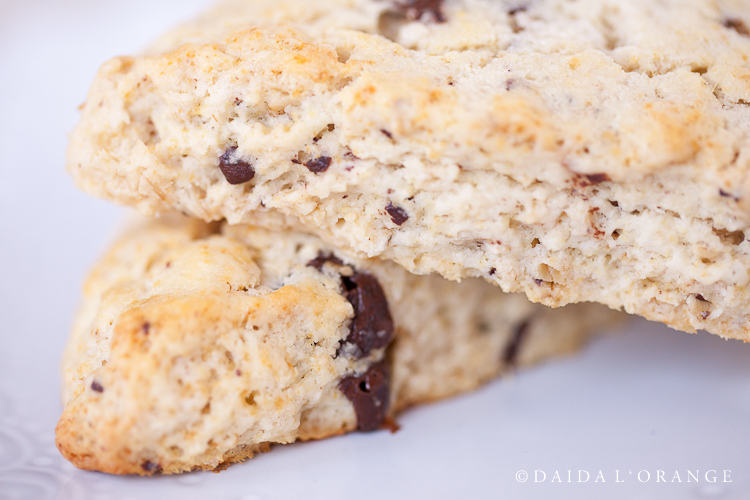
Since my husband had a flight in the early evening, I started on the cake in the hopes of being able to have time to sit at the Sunday dinner table for a slice of cake before he leaves. That was the intention. The reality was that I packed up almost a quarter of the cake for him to take on his trip. Sunday dinner would have to wait until next weekend.
Though I had several options for a cake, I revisited the orange poppyseed kuchen I had made in Berlin, paying attention to the notes I'd written - add more buttermilk, more poppyseeds, and a few other adjustments. Besides baking it in a 12-cup bundt pan as opposed to a 9-inch springform pan (which would have been a better choice), the results were better than expected. I loved the bursts of poppy seeds with every forkful and the bright orange zest speckled throughout.
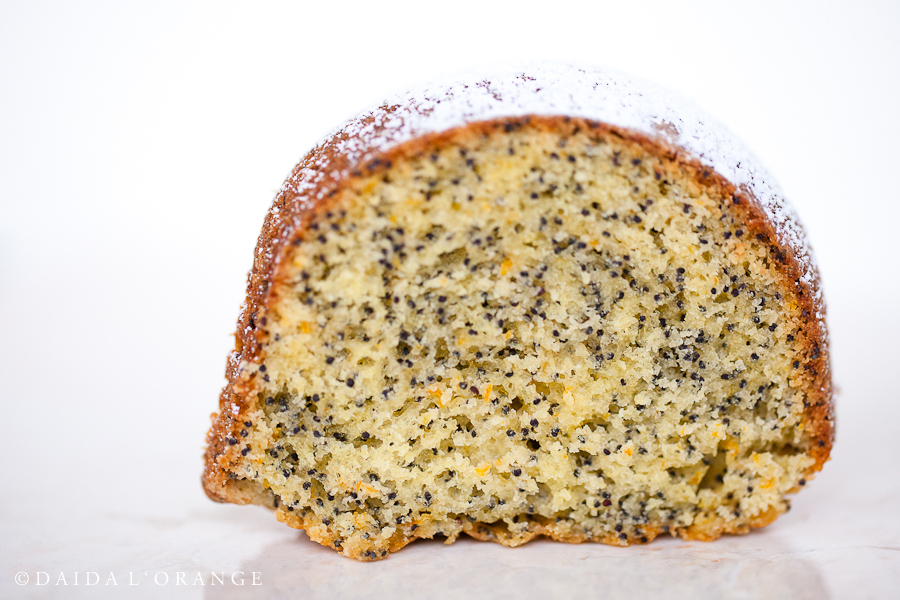
My summer in Berlin was filled with cake experiments using baker's math and batter cake formulas. Baker's percentage is a great method that's allowed me develop a myriad of cake recipes with ease. Since all of the ingredients are percentages of the weight of flour in a recipe, one can easily scale from a 9" springform pan to a larger or smaller one. The other formulas I used were ones for batter cakes which I'll mention in another post.
With the cake cooling, it was time to make the pasta and potatoes dish. It might seem a strange combination to some but the technique reminded me of a risotto - only with potatoes. The white wine and fresh mini San Marzano tomatoes (grown in Marfa, Texas) combined into a spectacular bowl of Neapolitan delight. The only change for next time is to cook the pasta 5 minutes less. It should not be al dente rather cooked through, but not mushy.

Despite the fact that the weekend was rushed and we didn't get to sit at the Sunday table, we enjoyed good food on a fairly warm pre-Spring weekend.
The kids found the scones delectable, taking note of my having added chocolate for them. Overall, I savored the time I had to research and write recipes this weekend - something I look forward to doing on a peaceful Sunday morning while the kids are still asleep.

